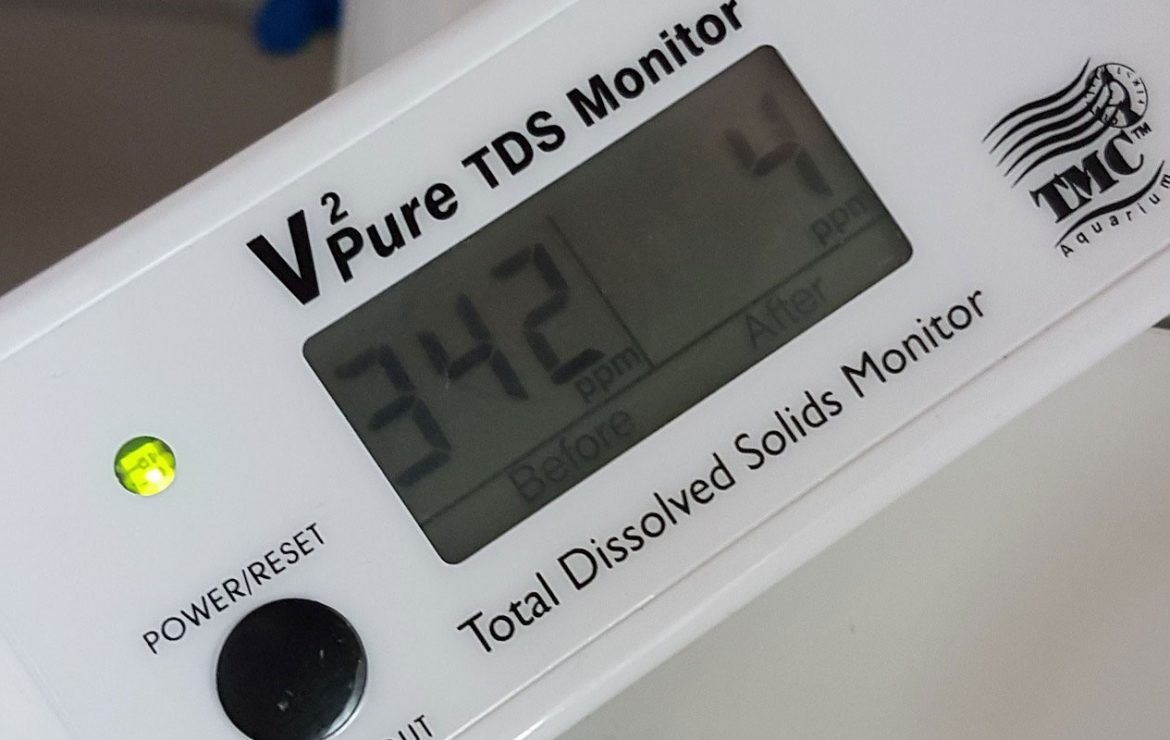
About Hydroponic meter:What are TDS, EC, PPM?
This article is about the concepts TDS, EC, PPM in the terms of Hydroponic meter.
What does a TDS or EC Hydroponic meter measure?
This Hydroponic meter is used for meter data of nutrient results. The electrical conductivity (EC) of the nutrient results from the motion of mineral ions when the meter applies an electrical voltage. The ppM is a value of the sodium chloride solution happens to be very near to a half of its conductivity data (in micro Siemens/cm), so many measuring instrument display the conductivity as an equivalent NaCl amount.
What’s the meaning of parts per million (ppm) in Hydroponic meter?
It is a common concept of the unit for measuring the concentration of elements in the nutrient solution. One ppm is one part of the mineral by weight in one million parts of the solution.
Which is better? EC or TDS meter?
On the one hand, if you have plant nutrient recommendations in EC units, then an EC meter is convenient. On the other hand, if your plant nutrient recommendations are in ppM values, a sodium chloride TDS calibration is more recommended Hydroponic meter for you to use.
The best way to calibrate a TDS or Ec Hydroponic meter
Standard reference solutions are used. The bottles are recorded with the conductivity (EC) value in microSiemens/cm and the corresponding ppM values for sodium chloride (NaCl) and potassium chloride (KCl) solutions, and usually for a “442” reference mixture. The conductivity of sodium chloride solutions is very nearby to that of Hydroponic meter mineral nutrients, so a “1000 ppM NaCl” standard is most often used when calibrating the meter for hydroponic solutions. You need to follow the calibration instructions in the manual which the manufacturer of your meter provided.
How to convert between TDS and EC readings? Hydroponic meter
To obtain an approximate sodium chloride TDS value, you can multiply the EC reading (in microSiemens/cm) by 1000 and divide by 2.
To get an EC value, you can multiply the ppm reading by 2 and divide by 1000.
Thus, if your EC is 1:
then you can get 1*1000/2= 500 ppm.
And if your ppm is 500:
then you can get 500*2/1000= 1 EC
What about Hydroponic meter water temperature?
The temperature of the nutrient solution needs to be in the range of 65 to 80 °F (18 to 26 °C). Before adding water to your reservoir, it is a good choice to allow it to come to the same temperature as the water in the reservoir. Plants won’t like rapid temperature changes, especially in the root zone. Aquarium heaters can be used to warm the Hydroponic meter nutrient solution in the winter, and in the summer, look for “chillers” to cool the solution if high temperature comes as a problem.
Why is conductivity of the nutrient important?
Conductivity is a measure of the strength of the nutrient solution. The higher the conductivity, the more dissolved solids there are in the solution. Delicate plants, cuttings, and seedlings can experience fertilizer burn if the conductivity is too high. If the plants begin growing, they need a stronger nutrient solution, so conductivity must be increased by adding concentrated nutrient. Some plants like Hydroponic meter a milder nutrient strength, while others grow better and produce better quality fruit with a higher concentration.
What about Hydroponic meter fresh air?
Ventilation is often overlooked as a problem. Plants absorb nutrients when the water molecules in the leaves respire (i.e. evaporate). Better ventilation aids a high transpiration rate, which will translate into a greater rate of nutrient uptake. Hydroponic meter Remember that ventilation means changing the air, not just blowing it around the room (circulation).
How does Hydroponic meter conductivity affect plant growth?
Conductivity is a measure of the nutrients in the solution. Low conductivity implies a low nutrient concentration, which usually results in nutritional deficiencies and slow growth rates of your plants. One can look at the circumstant as a higher conductivity is more food for your plants. On the other hand, be careful of very high levels as this can burn and or kill the plant.

